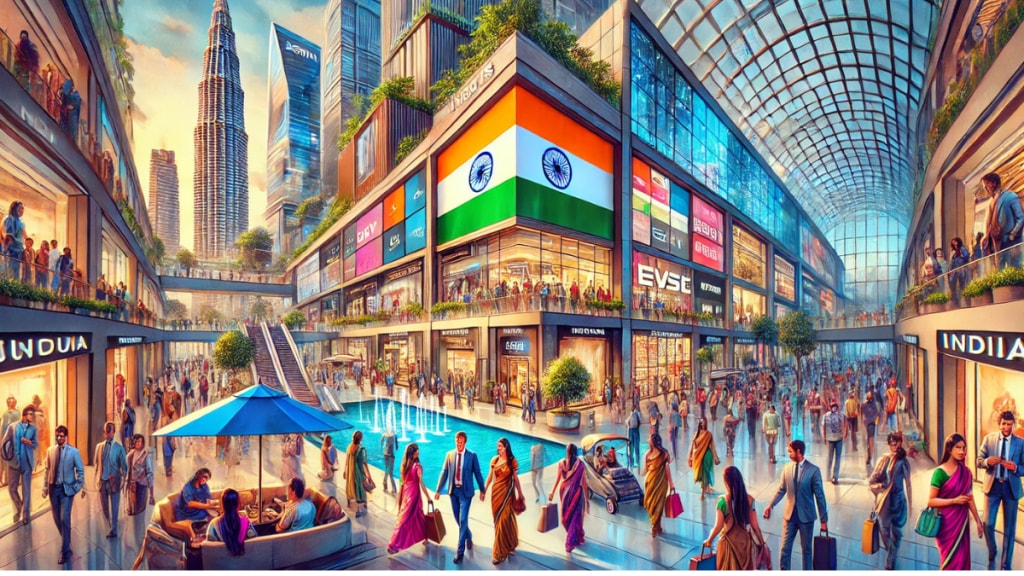South Korea’s Daewoo quit India exactly two decades ago after its market in the country began to slip from under its feet as the parent went bankrupt. Cut to 2024. The company has said it will re-enter the world’s fourth-largest consumer market with a range of home and kitchen appliances.
There’s no denying the timing is right. The Indian consumer market is at a pivotal juncture. With premiumisation sweeping across industries and a growing appetite for global brands, India has become a happy hunting ground for global brands. According to Angshuman Bhattacharya, partner & national leader, consumer products & retail sector, EY-Parthenon, the growing digitisation of retail, particularly in Tier 2 and Tier 3 cities, makes it a prime market for re-entry brands. “E-commerce platforms have democratised access for consumers, enabling them to experience global brands at the click of a button,” he adds.
Daewoo’s announcement follows closely on the heels of Ford’s plans to re-enter India. But while Ford intends to use its plant in Chennai for exports, Daewoo is eyeing the $60 billion (Statista, 2024) domestic appliances market with a suite of what it calls “innovative” products, including alkaline water health machines, lithium hybrid inverters, and smart home appliances, all tailored, “to satisfy Indian needs”.
HS Bhatia, MD, Daewoo India, says the country’s “growing economy, burgeoning middle class, and increasing consumer aspirations” are the forces driving its comeback. He is hopeful that the brand’s “Korean technology, global expertise and locally tailored solutions” will help it meet the consumer’s growing demand for energy-efficient and sustainable products. In the first phase, Daewoo will roll out its products through company stores and experience centres in key cities like Mumbai, Delhi and Bangalore.
Sticky wicket
Will all that be enough to impress the new Indian consumer? The market itself has changed dramatically from the one Daewoo left in 2004. Also, experts note, the brand has little familiarity among the new generation, who form roughly 30-35% of the overall buying universe at the moment. In any case, while nostalgia can be a powerful tool, success in India requires more than just legacy, says Prabir Chetia, head, growth advisory & procurement at Aranca. For Daewoo, the shift from automobiles to home appliances represents not only a bold pivot but also a chance to redefine its legacy. Nonetheless, “it is imperative to offer innovative products that resonate with modern consumers”, adds Chetia. A robust distribution network, efficient after-sales service, and digital presence will be crucial.
Being innovative is one thing but being perceived as a brand that offers great “value” is a much tougher call, especially in India. Even with growing affluence, Indian market continues to be highly price sensitive with a significant section of the consumers looking for affordable solutions, warn experts. So striking the right balance between premium imagery and accessible pricing is key.
Brand architect & content strategist Arnesh Ghose underscores the importance of connecting with consumers through the right channels. “It is important that brands no longer rely on what is considered traditional marketing channels or communication tools. Brands trying to appeal to the new audience must also appear trendy and adopt new communication channels ,” he says.
“By leveraging digital marketing, brands can create engaging and culturally relevant campaigns that resonate with younger, tech-savvy consumers,” adds Anand Ramanathan, partner, consumer products and retail sector leader, Deloitte India. “Collaborations with local influencers and celebrities can further enhance brand visibility and credibility.”

